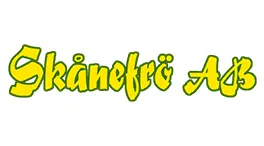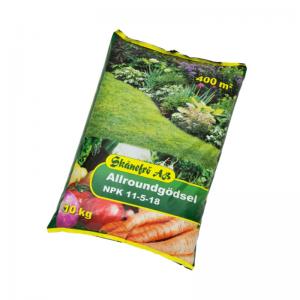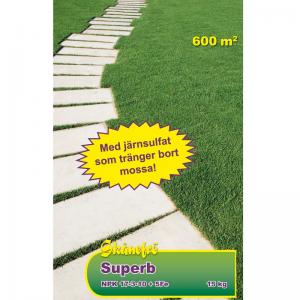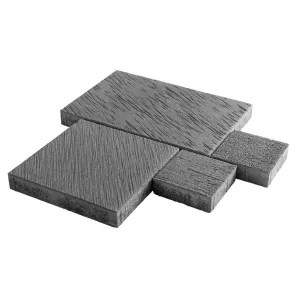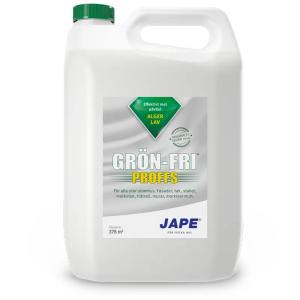Grass Seed Mix Repro 20kg
Watch this product and we will notify you once it is back in stock.
Grass Seed Mix Repro 20kg
Description
Repro is the grass seed mixture used to quickly repair damaged patches in the lawn. Reproduces the durability of the lawn and establishes quickly. Perfectly suited for auxiliary sowing and renovation of all types of grass surfaces. The Repro grass seed mixture is also suitable for robotic mowing. Contains: 15% red fescue short spurs, 10% red fescue long spurs, 10% red fescue tightly tufted, 50% English ryegrass and 15% meadow grass.
Specifications
- Newly sown 2.5 – 3 kg/100 m2.
- Auxiliary/support sowing 1 – 1.5 kg/100 m2.
- 1kg is enough for approx. 40 - 50 m2.
Garden type
Suitable for gardens with a lot of wear and tear where you want to repair the surface quickly to be able to run and play on the lawn. The high proportion of English rye grass contributes to the rapid healing. The dark green color of the tetraploid ryegrass becomes prominent during germination, but after a while when the other varieties "catch up" this is no longer visible.
Climate
Suitable for the whole country, but when sown in northern Sweden, English ryegrass has a poorer wintering ability.
Tips & Advice
Mixes containing English ryegrass and meadow fescue require more fertilization and irrigation than other mixes.
For a successful grass establishment, basic fertilization is very important. For sandy soil, we recommend NPK 11-5-18, 10 kg/100 sq m and for topsoil 5 kg/100 sq m. After the grass is established, you should fertilize at least 3 times/year with e.g. NPK 20-3-9 or NPK 15-2-5 +10Fe. Irrigation is also very important, we recommend approx. 30 min/watering point, 2 – 3 times/day. Water the first 8 days after sowing.
Contents & properties
50% English ryegrass (Lolium perenne L)
Has the fastest establishment and grows like a tuft at the bottom, which does not produce flowers. From the tuft grow straws that are up to 35-60 cm high. Of the 50%, the greater part are diploid varieties that increase wear tolerance in the grass and the remaining part are tetraploid varieties that increase winter hardiness, provide an earlier spring start and an increased chlorophyll content.
35% Red fescue (Festuca rubra)
One of the most important grass species for lawn establishment. For lawns, red fescue varieties are used, developed to achieve, among other things, a lower height growth. Red fescue tolerates both sun, heat, cold and drought well and thus thrives well throughout Sweden. Of the 35%, a smaller part (10%) is densely tufted red fescue, which provides extremely good winter hardiness and the highest shoot density (780 shoots/dm2). 25% is red fescue with short and long spurs, which in combination gives a denser lawn, keeps the grass green longer in drought and provides a good healing ability.
15% meadow grass (Poa pratensis)
A very common species of grass when planting lawns. Has the best wear properties, good winter hardiness and high tolerance to diseases. Has a growth habit with underground shoots. Requires good access to nutrition and water.


